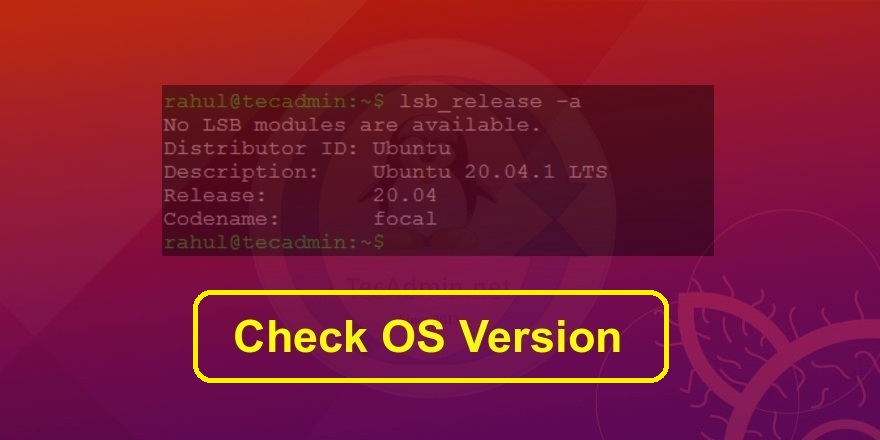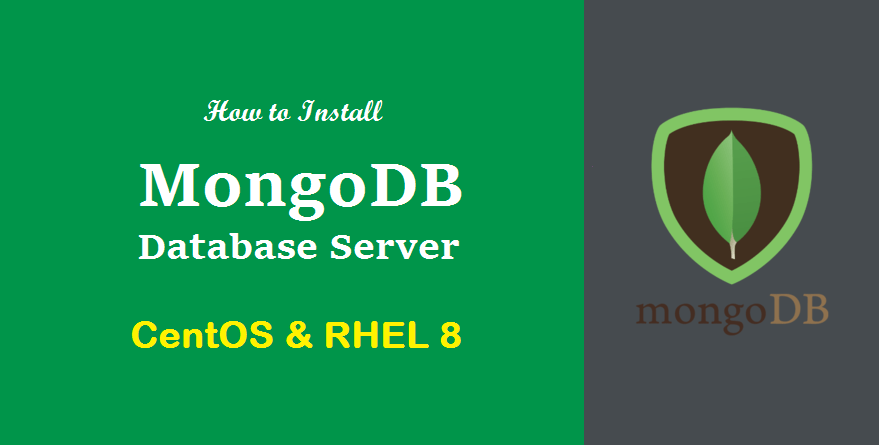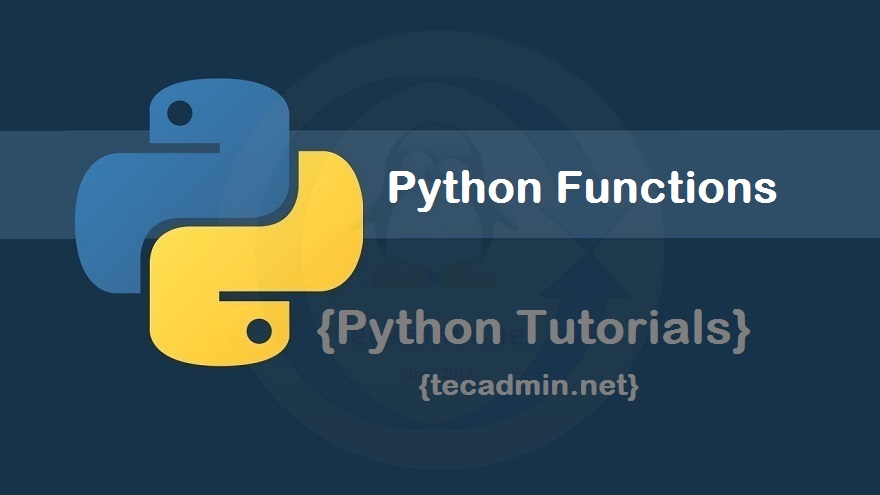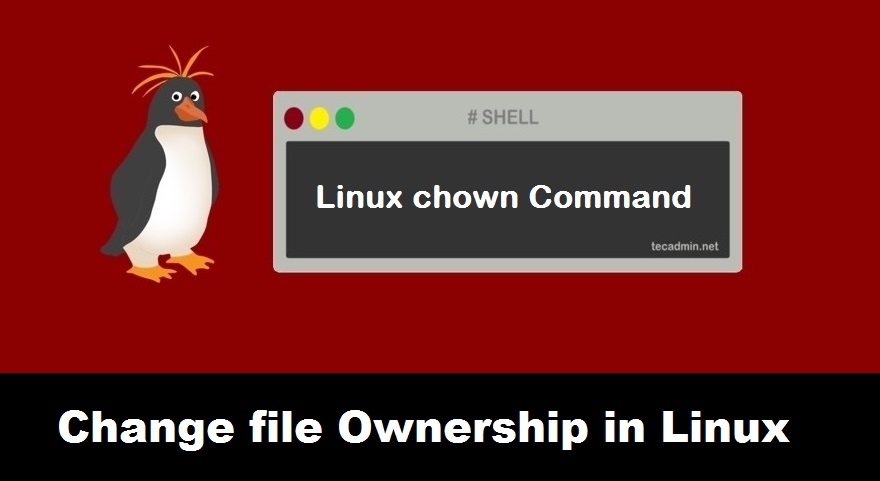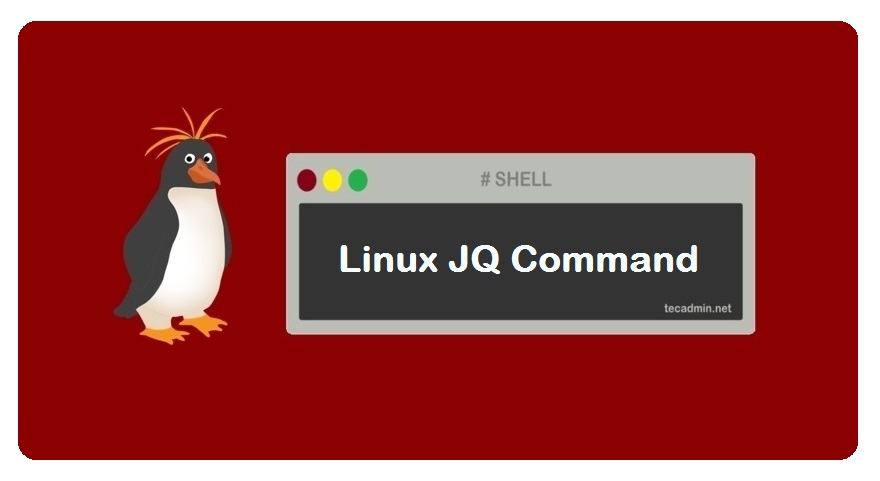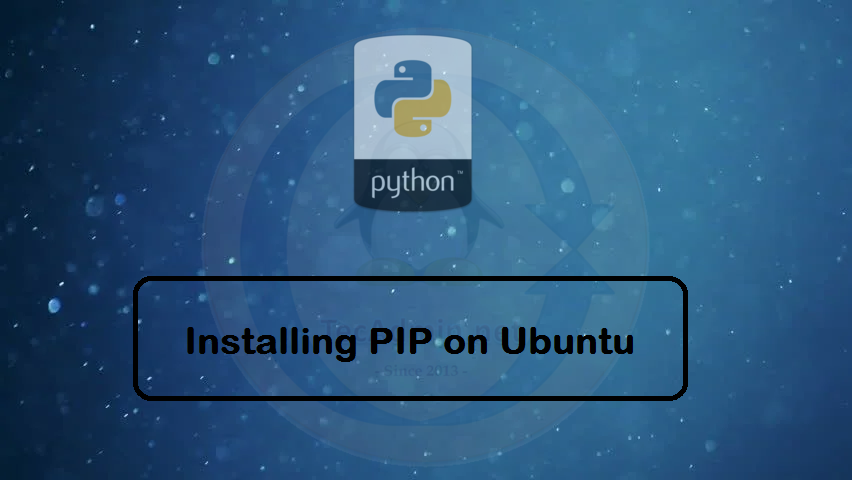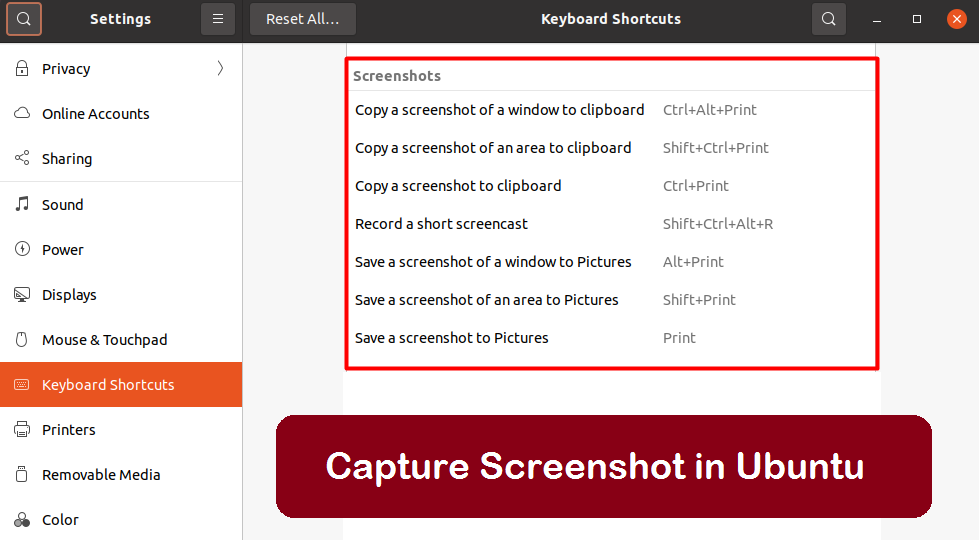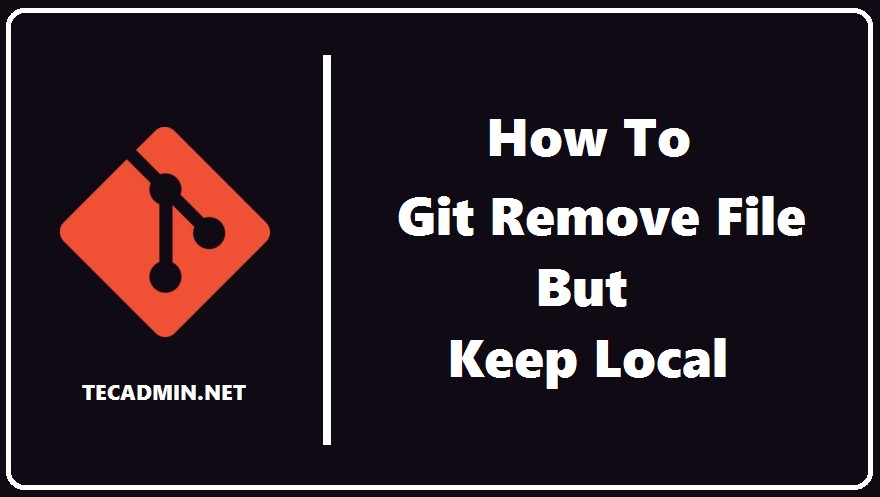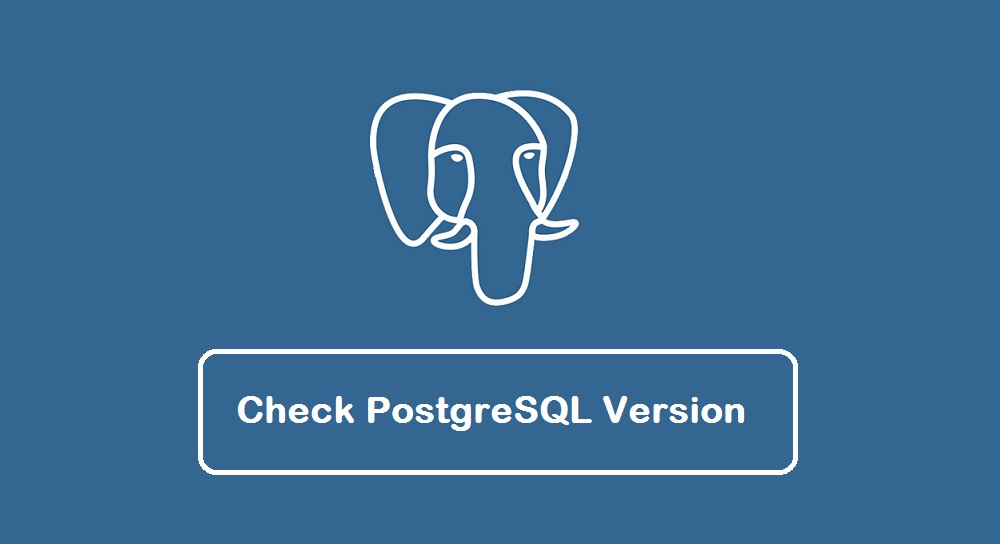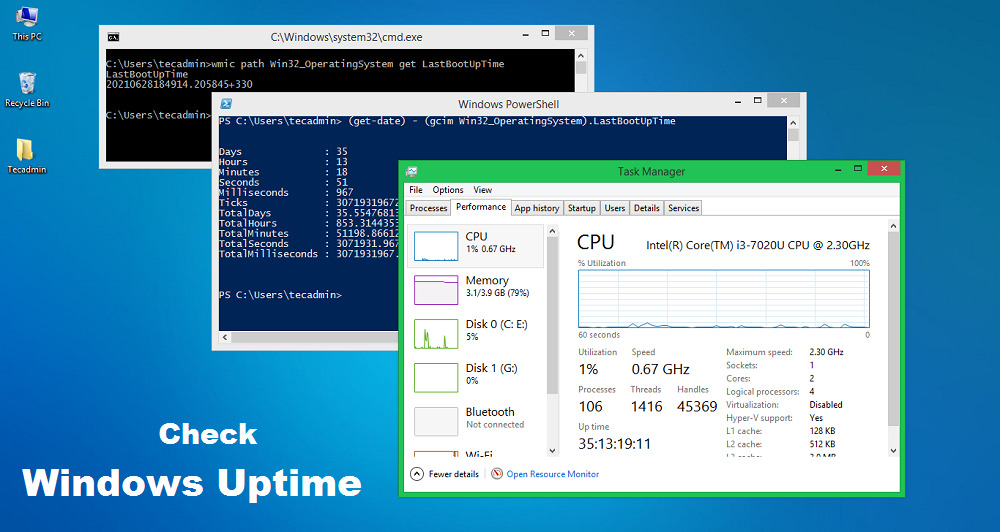Most people think of Linux as an operating system but it is actually a kernel; A kernel is a bridge between the software and hardware of a computer. Linux-based operating systems are actually called Linux distributions which usually include the Linux kernel along with software package managers, software, and graphical user interface. It is important to always know the kernel and OS version of your system, especially if you’re an administrator. Knowing the version of your kernel and OS can help you determine which package manager to use to install new software and whether that software is supported by your…
Author: Rahul
MongoDB is a popularly used document-oriented, NoSQL, database program. The term NoSQL refers to not only SQL which is an approach to designing databases. A NoSQL database is modeled in a way that the storage and retrieval of data are done through documents, instead of using the tabular structure (tables and rows) used in the more traditional relational databases. MongoDB is a general-purpose database in which data is stored in flexible JSON-like documents in key-value pairs. Each MongoDB database has collections that contain documents. These documents can have different sizes, contents, and numbers of fields. It supports an optional schema…
Functions are subprograms in the main program that contain a bundle of related statements of code that only run when they are called. They are written in order to perform particular tasks. Functions help us break our code into smaller chunks and avoid repetitiveness in code. They make the code more organized and increase its readability. Most programming languages have the following two types of functions: Pre-Built/Built-in Functions User defined Functions Python also has another small anonymous function called lambda function which will also be discussed in the following sections. What is Built-in Functions All major programming languages have built-in…
Management of Files and resources can quickly become a headache for Linux administrators as it is a multi-user OS. The administrators have to manage all the resources available on the system. They have to ensure that only the authorized users have the permissions to access and modify certain files. The administrators can take advantage of many built-in commands like chattr and chown to help them in file management: What is the chown command? The chown (short for change owner) command is used to change the ownership of the group of files and directories in a Linux-based operating system. It helps…
JSON is a data representation format that is used to store and transfer data between different layers of an application; it stores data in key: value pairs. The syntax of JSON was derived from JavaScript but it itself is language-independent. It is compatible with many programming languages; these languages include code that can be used to integrate JSON into the program; but unfortunately, we cannot work with JSON directly in Linux shell as it cannot interpret it. To work with JSON in the Linux shell we use a mixture of tools such as JQ and sed. This post will teach…
Pip is a package installation tool that is used to get packages from the Python Package Index and various repositories. Pip, which stands for “Preferred Installer Program”, is a Python-based package management application that streamlines the package installation and management process. Pip is a multi-platform package manager for Python projects which assists in managing libraries and dependencies. Pip installation on Ubuntu Linux is a quick and straightforward procedure. The latest Python 3 is included in the standard system installation starting with Ubuntu 20.04. The source code for Python 2 may be found in the general source repository. However, users are…
Ubuntu is one of the most popular Linux distributions in the world, offering a reliable and user-friendly operating system for a variety of users. Whether you’re a developer, a student, or just someone who wants to use a free and open-source alternative to Windows or macOS, Ubuntu is a great choice. One common task that users often need to perform on their Ubuntu machines is capturing screenshots. Whether you’re taking screenshots for documentation purposes, sharing information with colleagues or friends, or just capturing an interesting moment on your screen, there are several easy ways to capture screenshots in Ubuntu. In…
In certain situations, you may want to remove a file from your Git repository but keep the local copy of the file. This could be useful when dealing with sensitive information, large files, or configuration files that need to be customized per user. In this article, we will walk you through the process of removing a file from your Git repository while keeping the local version intact. Step 1: Open the terminal Begin by opening your terminal window. You can use the default terminal application for your operating system or any other terminal emulator you prefer. Step 2: Navigate to…
PostgreSQL is an advanced, open-source relational database management system. It is written in C programming language and was developed at the University of California, Berkeley in 1996. Initially, version 1.0 of Postgres95 was announced on September 5, 1995. The first non-university version of PostgreSQL was provided on July 8, 1996, by Marc Fournier at Hub.org Networking Services. Which is the first version of PostgreSQL for public use. As of today, PostgreSQL 13.3 is the latest stable version available for installation. PostgreSQL version 9.5 and lower versions are no more supported by the team. In this tutorial, you will learn, how…
Computer Uptime refers to how long a system has been up and running without any shutdown or restart. The computer uptime helps us to find the last reboot of any system. This can be helpful in many ways like troubleshooting or scripting etc. In this tutorial, we will discuss three ways to check the uptime of any Windows machine or server. 1. How to Check Windows Uptime with Task Manager A task manager is a computer program used for checking the process and services running and their details. You can also find details about the resource utilization like Memory and…

